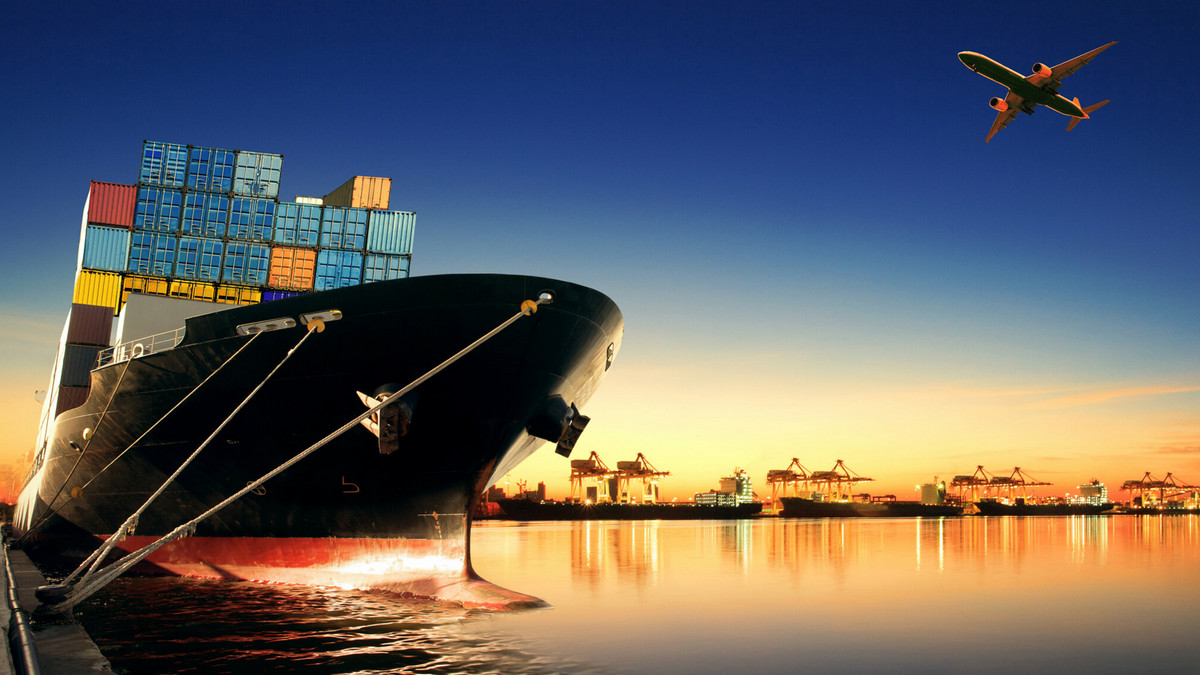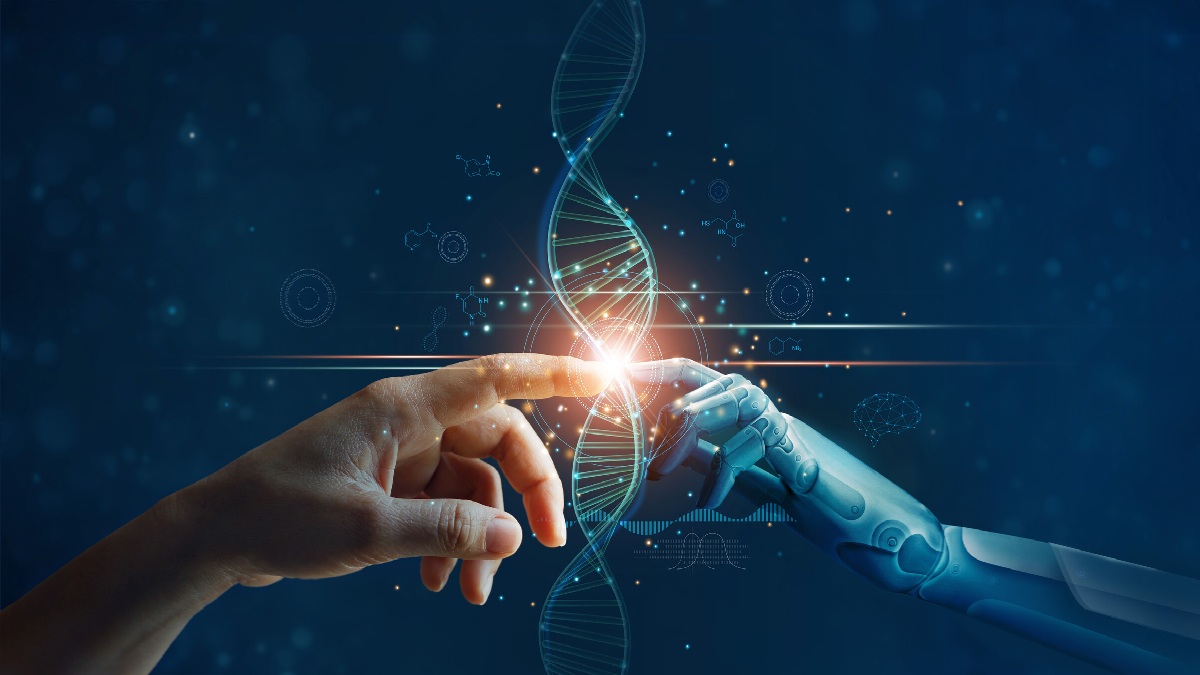In response to the supply chain challenges brought about by the epidemic, the layout of the supply chain will become more resilient-oriented, that is, willing to sacrifice some of the high cost and efficiency indicators in exchange for the flexibility and resilience of supply chain management.
The importance and development trend of the sustainable supply chain:
In recent years, customers, employees, investors, and governments have put more pressure on companies to show greater efforts in environmental management and social responsibility. The case for sustainable business is therefore growing every year. For many businesses, supply chains have become the focus of attention because they consume a lot of resources and money, and are often a source of unnecessary waste. Therefore, a sustainable supply chain has become a key goal of enterprises. Companies are beginning to measure their environmental and social impacts over the life cycle of goods and services.
What is a Sustainable Supply Chain?
A sustainable supply chain means that companies strive to measure and improve the environmental and human impact of their products throughout the supply chain process, including sourcing raw materials, production, warehousing, delivery, and every transportation link in between. The goal is to minimize environmental hazards such as energy use, water consumption, and waste generation while having a positive impact on the people involved in the operations and the surrounding communities. In addition to considering the supply chain for revenue and profit, traditional enterprises are now beginning to pay attention to the aspect of sustainable operation and sustainable development.
What is a Supply Chain?
A supply chain refers to the coordinated network of all companies, facilities, and activities that develop, manufacture, and deliver an enterprise's products.
What is Supply Chain Management?
Traditional supply chain management means the coordination of purchasing, production, inventory management, and transportation among all actors in the supply chain to maximize efficiency and customer satisfaction. By assessing and improving supply chain management, many businesses have achieved significant time and cost savings.
What is Sustainable Supply Chain Management?
While traditional supply chain management focuses on the speed, cost, and reliability of operations, sustainable supply chain management adds the goal of maintaining environmental and social value. This means companies must address global issues such as climate change, water security, deforestation, human rights, fair labor conditions, and combating corruption.
Why is Sustainability Important in Supply Chains?
For most businesses, the supply chain is responsible for most of the environmental impact. By their very nature, supply chains often involve energy-intensive production and transportation because commodities are produced and transported around the world. As a result, organizations can often get the most out of their sustainability by improving their supply chain rather than other business operations. But complex supplier relationships and cross-border transactions often make sustainable supply chains challenging. This complexity can hinder one's grasp of important operational factors.
How Can the Supply Chain Develop Sustainably?
Companies around the world are taking steps to reduce carbon emissions, reduce waste and improve labor conditions. By tracking sustainability metrics in their supply chain management system, they can monitor initiatives such as prioritizing renewable energy, recycling products, and materials, or encouraging suppliers to take on more social responsibility.
The Benefits of a Sustainable Supply Chain:
A sustainable supply chain benefits not only the company itself and its stakeholders but society and the planet. For example, many companies have realized that climate change may cause extreme weather disturbances and resource shortages, threatening business continuity, so it is necessary to pay attention to the implementation of sustainable supply chain measures.
- Supply chain operations: Recent cases show that energy costs have fallen as companies set emissions targets with suppliers and help suppliers identify potential areas for improvement.
- Branding: Consumers are paying more attention than ever to where products come from and how they are produced. Consumers are willing to pay 2-10% more for products that offer a transparent supply chain.
- Investor Relations: Investors are keenly aware of the reputational risks brought about by non-sustainable supply chain operations. There has been a lot of irresponsible supply chain behavior reported in the media in recent years, which in some cases has hurt a company's stock price. Because it revealed that companies may source electronics from overseas, maintain hazardous working conditions, choose suppliers who often pollute local rivers, and source defective parts or toxic materials.
- Corporate culture: The new generation of young people are particularly inclined to pursue more lofty goals at work. Successful hiring and retention of employees often depend on a company's corporate culture and values, in which sustainability plays a key role.
- Compliance: Governments around the world are demanding to improve the sustainability of supply chains to meet the United Nations 2030 Sustainable Development Goals. Government regulations cover many areas, including the traceability of pharmaceuticals, the disposal of electronics, and the avoidance of conflict minerals.
Challenges of a Sustainable Supply Chain:
Cost is a major barrier to sustainable supply chains, and smaller companies often find it difficult to afford the upfront costs of making supply chains more sustainable. However, investing in products such as tight packaging can reduce the size and quantity of shipments, thereby reducing the environmental footprint and saving costs over time.
In addition, the lack of visibility into the supply network is one of the biggest challenges of a sustainable supply chain as companies often work with multiple layers of suppliers. Many buyers have direct relationships with Tier 1 suppliers and contract manufacturers. The suppliers and outsourcers of those first-tier companies are second-tier suppliers. And these outsourcers may be working with mines, farms, and other suppliers of raw materials that belong to the third tier. Partners outside the first tier lack operational transparency. Some buyers rely on first-tier suppliers to promote sustainability practices to second-tier companies, while second-tier suppliers can monitor third-tier practices, and so on.
Others find that there is no sustainable option for parts at all, or that they have inherited supply chains from acquisitions, making it difficult for them to move to sustainable practices due to the complexity of their organizational structures.
Risks of a Sustainable Supply Chain:
More localized supply chains, the bankruptcy of small specialist suppliers, continued cyber-hacking of production sites, logistics players, persistent air freight restrictions, and increased use of intermodal solutions. Companies must maintain supply chain resilience and build flexibility to reduce the impact of the pandemic.
- Small suppliers unable to repay debts due: Due to the uncertainty in the operating environment of the manufacturing industry, some small professional suppliers are often faced with the operational risk of being unable to repay due debts due to factors such as excessive reliance on a single customer and industry, improper allocation of strategic resources, and unsustainable levels of debt.
- Production sites and logistics operators are attacked by cyber hackers: Under the epidemic, the global supply chain and network are covered with risks related to cyber security, and key players such as freight forwarders and healthcare manufacturers have become the main targets of malicious attacks. Enterprises that switch to remote offices also increase the risk of being attacked by hackers, and more enterprise-related software and information construction are facing concerns about information security.
- Long-term air and sea restrictions: Due to the raging epidemic, traffic restrictions around the world have been affected. The grounding of passenger planes and the suspension of cargo operations have resulted in a reduction in cargo capacity. The distribution demand of freight far exceeds the supply, which brings a high degree of uncertainty and challenges to the stability of supply.
- Multimodal transport solutions: To cope with the high cost of air transportation and the limitation of cargo capacity, more companies seek multimodal transportation solutions. Including railway, ocean transportation, etc., to use cheaper and more reliable alternatives to supply and distribute freight, with a more complete composition global supply chain.
Which Aspects to Build a More Sustainable Supply Chain?
- Procurement: Most companies will investigate the usage and sources of energy and water resources, and start sustainability plans by purchasing sustainable materials for products.
- Operations: Look for operational processes or steps in the supply chain that can improve efficiency and reduce the use of resources.
- Retirement: Avoid excessive waste and excess waste through product design, upgrading, and reuse.
- Data and Communication: Communicate with customers, supply chain partners, and other stakeholders to measure the effectiveness of the actions of the first three areas of planning and strengthen all related work.
Sustainability Trends in Supply Chains:
Innovation is the trend today and will drive supply chain sustainability in the future. There are two important development paths in this, one is the circular economy, and the other is the data-driven supply chain.
The goal of a circular economy is to design for zero pollution and zero waste in products and systems in the supply chain. In such systems, products have a smaller environmental footprint, have a longer lifespan, and are easily disassembled, refurbished, or retrofitted for reuse.
In a data-driven supply chain, companies can leverage cloud-based supply chain execution systems to provide detailed analytics and even extract data from device sensors and other IoT devices. This allows companies to gain a deeper understanding of how their supply chain works and to find, implement and monitor strategies to move towards a sustainable vision.



.jpg)










.jpg)